Phu Chau Floating Temple (Mieu Noi)
Description
The Phu Chau Floating Temple is one of the most well-known religious spiritual tourist attractions in Saigon. This temple dates back three centuries. This location offers both breathtaking physical features and historical secrets.
The Phu Chau Temple is located on an islet in the Vam Thuat River (previously known as Ben Cat), a tributary of the Saigon River, in Ho Chi Minh City’s Ward 5, Go Vap District.
The temple is nearly entirely constructed on a small foot-shaped dune with a surface area of around 2500 square meters that floats in the middle of the Vam Thuat River. At the base of the dune are numerous convex blue stones. It is also known as the Floating Temple due to the somewhat unusual landscape. To reach the Floating Temple, visitors must travel by boat.
Architecture of Phu Chau Floating Temple
The Phu Chau Floating Temple is situated on a small 2500 square meter dune surrounded by rivers on all four sides. On both sides of the river, the West bank is a residential area (in Ward 5, Go Vap), whilst the East bank is a specialized farming region (in An Phu Dong Ward, District 12), featuring the Mieu Noi and Ben Cat piers, which currently preserve a little garden scene of the ancient Gia Dinh land.
The south-facing front of the temple is constructed in the tam (三) style and consists of three buildings joined by two thin roofed courtyards. The roof of yin-yang tiles is coated with turquoise enamel and has two storeys packed closely together. On the rooftops of each structure are dragons adorning jade beads, the Nine Products, and a letter. On the four curving blades are depictions of Long, Ly, Quy, and Phung, as well as themes including string chrysanthemums, grape leaves, rivers… The walls are whitewashed in a dark pink hue, while the door eyelashes are colored crimson.
The entire construction of the temple is finely embellished with dragons, phoenixes, and porcelain; the domes are also intricately decorated with porcelain and jigsaw puzzles. The walls are meticulously decorated with folk characters. On the grounds of the temple, there is a si tree that is nearly a century old. There are benches scattered throughout the grounds allowing guests to stop and take in the scenery. A little shrine outside is devoted to Mr. Tiger, an early type of spirituality that the Chinese brought from their homeland. Inside the temple was a painted altar with five leaning tiger figurines.
History of Phu Chau Floating Temple
It is assumed that the Phu Chau Floating Temple was built in the 18th or early 19th century, however there are no historical records to confirm this. According to legend, a man fishing in this area of the river in the 18th century discovered a woman’s body, which he buried on the islet and worshiped at a little shrine. Originally a tiny shrine made of bamboo and coconut leaves, it was constructed by waterway traders and local elders who worshiped the Five Elements, Long Ma, and prayed for safe and tranquil navigation.
Before 1975, the Temple was a popular pilgrimage site for Saigon – Gia Dinh residents. After 1975, the shrine was virtually deserted. In 1992, a man named Sau Hoa advocated for the restoration and rehabilitation of all activities. Mr. Lu Bai, the chairman of the temple’s management board, has personally redesigned and redrawn the temple’s images.
After multiple repairs, Phu Chau Temple is now a huge temple with distinctive Vietnamese-Chinese architecture and one of the city’s most prominent tourist attractions.
Gallery / Photos
Working Hours
- Monday 7:00 AM - 5:00 PM
- Tuesday 7:00 AM - 5:00 PM
- Wednesday 7:00 AM - 5:00 PM
- Thursday 7:00 AM - 5:00 PM
- Friday 7:00 AM - 5:00 PM
- Saturday 7:00 AM - 5:00 PM
- Sunday 7:00 AM - 5:00 PM

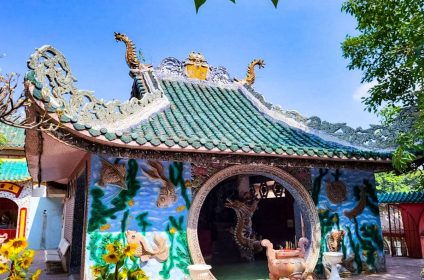
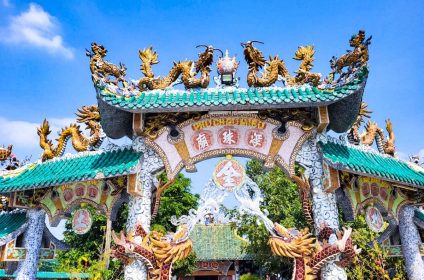
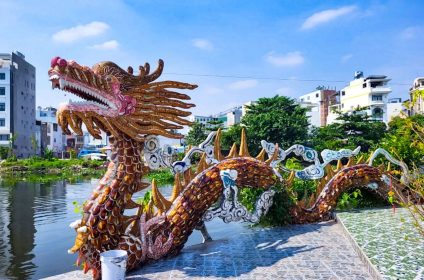
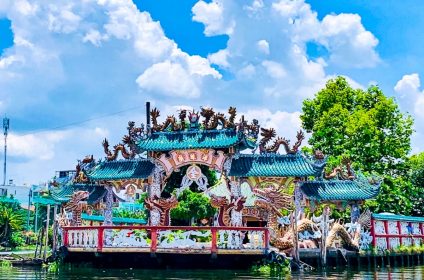
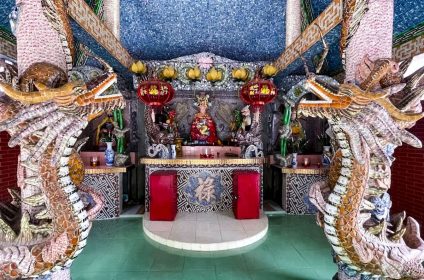
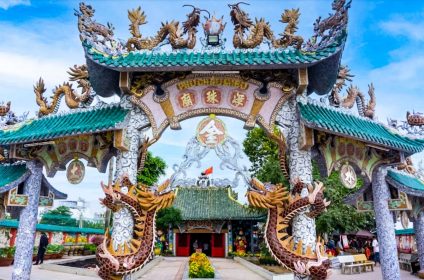
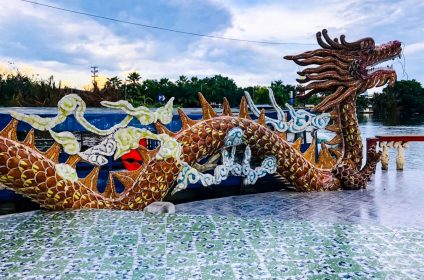
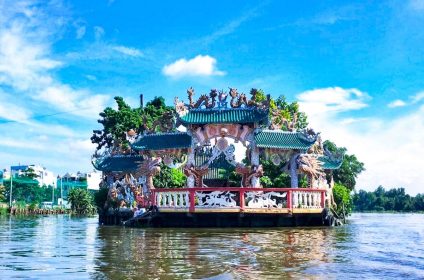
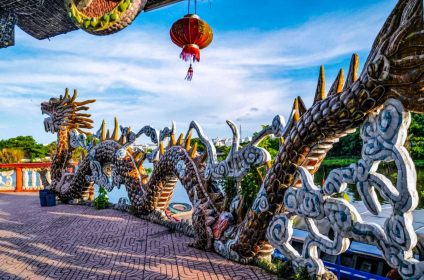
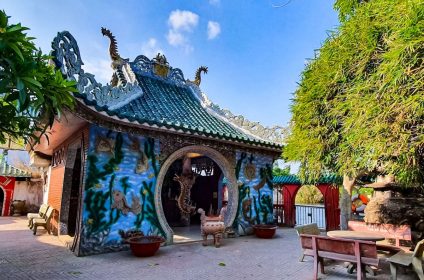
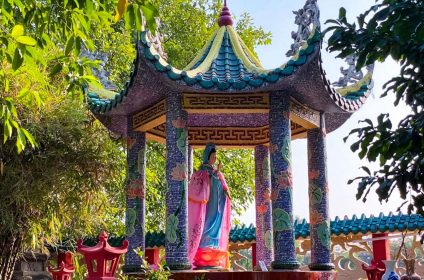
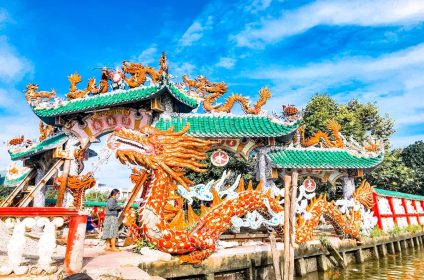
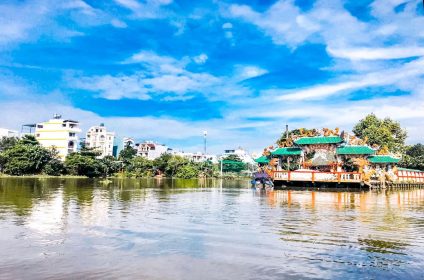
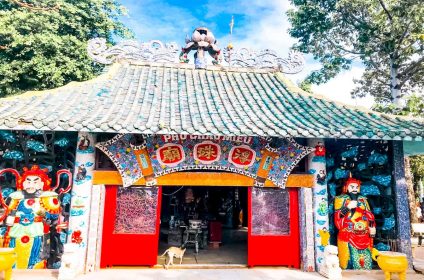
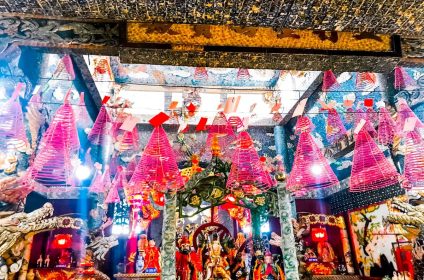

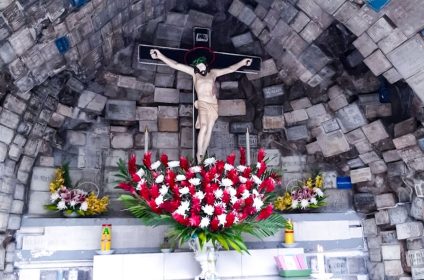
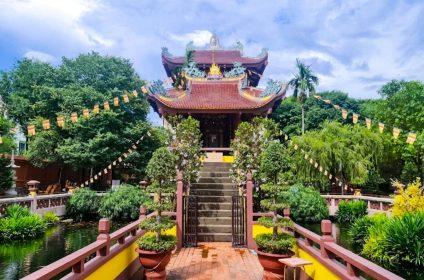
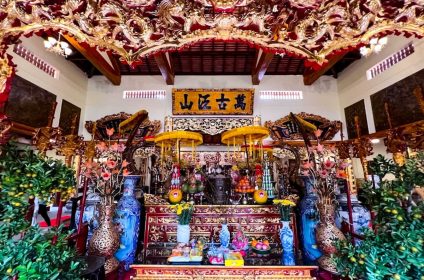
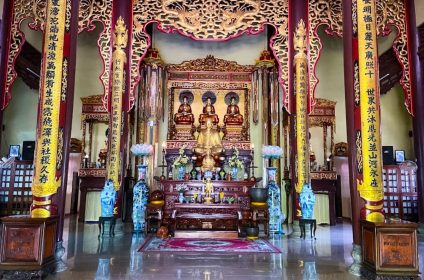
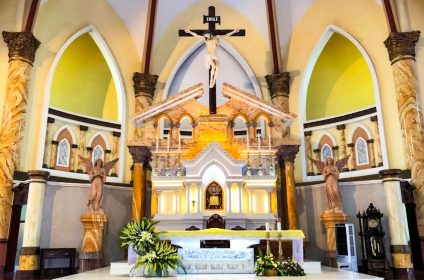










Add Review